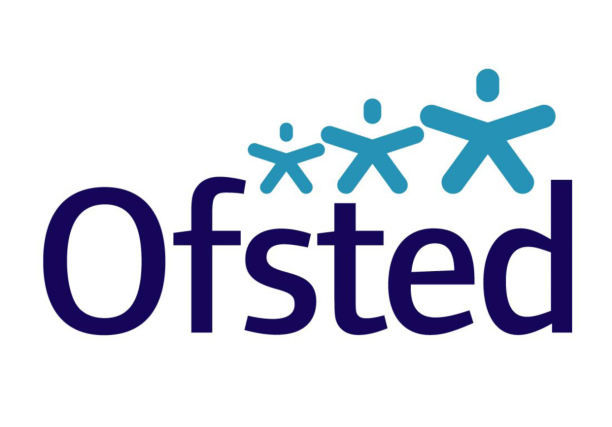The Difference Between Learning Objectives and Outcomes
8.03.24
Learning Objectives and Learning Outcomes have been a fixture of most lessons in schools for close on thirty years now. But there is still a fair bit of confusion around what they are, how they are different, and why they are important.
So, let’s try and make everything crystal clear!
How Are Learning Objectives and Outcomes Different?
In simple terms, an objective sets out the knowledge or skill that is being introduced, developed, and learned by students during the lesson.
The outcome, meanwhile, is the work or evidence that the students will produce during the lesson. Typically, this is used to measure how effectively the objective has been met.
Why are Learning Objectives Important?
It is slightly punitive and unfair to judge the quality of a lesson on its shared learning objective. An appropriate and suitable learning objective has the power to bring all the elements of a quality lesson together.
And many a lesson has lost its effectiveness because of an unclear or inappropriate learning objective.
What Should a Learning Objective Include?
To achieve consistency, many schools instruct their teachers to follow a particular model. Some will ask their staff to frame learning objectives in a certain way. Of course, this makes sense as it helps it to become familiar for the students.
So, there are several possible ways that you can word a lesson or learning objective. And while it’s all just an issue of semantics, there are couple of non-negotiables when it comes to writing a good learning outcome.
Firstly, a learning objective should focus purely on the learning that is going to occur in the lesson. Essentially, lessons should be focused of one of two things: knowledge or skills.
If you want to understand more about which one to focus on, check out this helpful blog about balancing the two.
Include anything else and it will be flannel, superfluous – and quite possibly unclear.
Secondly, learning objectives should always be student-focused.
An objective needs to be concise and accessible for all students. The aim is to make it clear to students the point of the lesson ahead.
To this end, it’s always important to take time at the start of a lesson to introduce and explain the learning objective – especially if there are any specific key words or terminology to be covered in the lesson.
Should Learning Objectives Be Measurable?
Yes, and this is where the learning outcome comes in.
If there is an objective or aim to any lesson, there must be some form of measurement to check that this has been achieved by the end of the lesson.
Therefore, the learning outcome should measure the progress students have made towards meeting the learning objective.
This means that the wording of a learning objective needs to be precise, focused, and really specific to the aspect of knowledge or the skill that the students need to know.
The broader, more general, or less specific an objective is, the less effective the learning will be.
Finally, a learning objective should never be task-driven. Studies around how we learn best indicate that an objective acts like a North star to help guide the learner. If you want to learn more about the science behind learning, check out this article.
Therefore, the objectives are not the activities the students will complete during the lesson.
The objective must come first, this should then be followed up with a sequence of activities that work together and help the students to achieve the objective.
The tasks in the lesson should be seen as the implementation of the learning.





